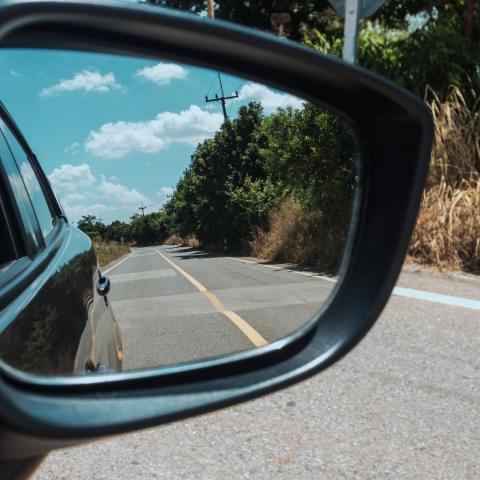
A good character will have a layers, dimensions, a storied past--even if the writer never explicitly reveals that story to the reader. You can better know who your character is by knowing who your character was. If your main character is you, you can come to a better understanding of where you are going if you understand where you have been.
The history of your character is called their backstory. It is what comes before the story unfolding on the page. In fact, backstory determines the story being told by answering how and why the character came to be in their current situation. Put another way, backstory is the foundation and motivation for what happens in any given story, be it fiction or nonfiction.
Whether you are just starting a story or are stuck in the middle and not sure where to go, understanding the backstory—even if you are inventing it—can be critical to the progression of your narrative. If you do not understand what excites, motivates, scares, and burdens your character, how can you expect your reader to do the same?
Backstory is a tool you can rely on to help you find your way with words. How? Create a timeline!
Writing exercise
Choose a character from a work-in-progress that has been giving you trouble. Maybe you are writing nonfiction and the character is you, or even someone in your life who continues to show up in your essays and memoir, or maybe it is your protagonist (or antagonist) from your short story or novel draft.
Creating a timeline is a great way to round out a character by filling in key points of their history. Let’s use the story of Batman as an example (because nearly everyone knows the basics about Batman’s story from either movies or comics):
We know from canon that Batman witnessed his parents’ murder as a young child. That formative tragedy led him to want to fight crime. Depending on which source material you are most familiar with, you know that Bruce Wayne developed an affinity for bats after being either trapped in a well or a cave with bats, again during his tender years. These two traumatic events shaped his character, made him who he was. Factor in Wayne’s vast fortune and his family’s dabbling in tech, and a superhero called Batman was born.
This short timeline tells you nearly everything you need to know about Batman: His parents’ death became his motivation. His time with bats became his inspiration (i.e., facing his fear, becoming his fear). His family legacy became his foundation, the means through which he was able to actualize his goals.
You can use timelines the same way to determine and develop character traits. What are your motives, or the motives of your character? From what do you, or does your character, draw inspiration? How does your foundation impact the choices you’ve made, or that your character has made, to become who you/they are?
Thinking about your timeline or that of a well-known character is a great way to develop backstory. Write it out. Include at least five major life moments that inform you/the character in your/their current form. How do these events change or shape you/your character? Explore further by filling in events between the time slots you have established. Again, consider how this informs you/your character. Do some reflecting on what you have learned about yourself or your character by examining or creating a backstory and timeline, and see if this foundational work doesn’t clarify what your character will say, do, or endure next.
Finally, consider how much of the backstory you need to share with the reader so they understand your character. Experiment with sharing the complete backstory in a flashback, or releasing details at critical moments in the story to build suspense. The reader does not have to know everything you know about you/your character—but what part(s) of the backstory must we know? And where and how will you tell us?
Will you or have you used a timeline to create a backstory and strengthen your character? Share with us in the comments.
Related reading: Write and ending that fits the journey
Want to receive tips and inspiration like this in your inbox every Sunday morning? Join our email list community! You will receive weekly advice, a year’s worth of weekly writing prompts as a FREE download, and be eligible to participate in our monthly photo prompt contest for a chance to share an original piece of writing with our community of nearly 1,500 subscribers.
